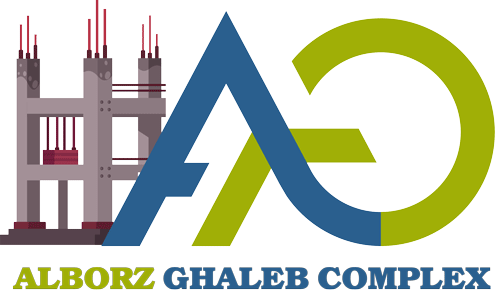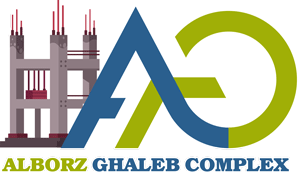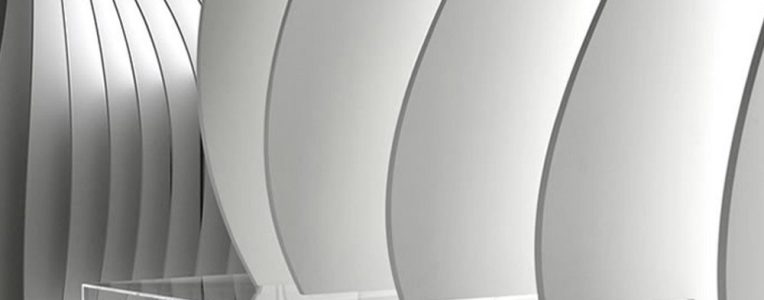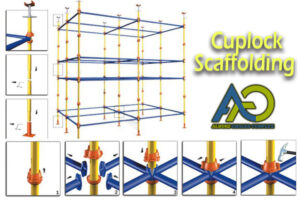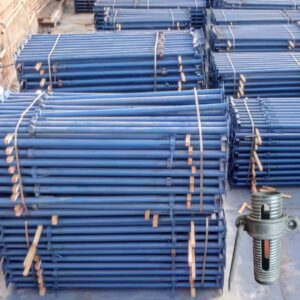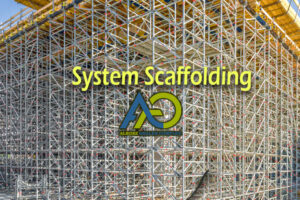Form in Architecture: A Comprehensive Look at Space and Mass
In the realm of architectural technology, architecture serves as both a reflection of cultural patterns and a steward of scientific advancements. However, when it comes to defining and expressing form, architects are free to convey their personal concepts and individuality. Not all architects possess the innate talent to fully harness this unique privilege. As with other scientific and artistic disciplines, a select few architects pioneer new styles, while others follow, interpreting and adapting these styles in original and personal ways. Yet, architects of any style often accept these frameworks as presented, immortalizing them without leaving a distinct mark of their own. In the creation of a style, the architect’s primary responsibility is to craft a meaningful form—a process that modern tools like concrete formwork can enhance with innovative precision.
The Concept of Form in Art and Architecture
When we speak of form in art, it encompasses not only the physical shape, size, and mass of a work but also all the elements that contribute to its aesthetic structure and composition. Many of these elements may lack a fixed form on their own—such as the stillness of music, a line on a canvas, or the space within architecture—and only gain significance when organized into a completed work. In this way, the core components of architecture—space and mass—emerge. This process of organization is known as composition, and the primary tools through which its quality is expressed include scale, light, texture, and color.
Space and Mass: The Pillars of Architecture
Space, which a painter treats as an immaterial essence, a sculptor fills, and an architect expands, creates an environment that is distinctly human and finite within the infinite expanse of nature. Grasping the idea that space can possess qualities beyond emptiness is challenging. When we enter a building, we encounter floors, columns, ceilings, and all the tangible elements that can be studied or admired. Yet, in its conceptual framework, space is an empty void—an absence of mass filled by air—a notion we’ve grown accustomed to in our thinking.
However, spatial experiences that convey meaning are commonplace, even if they aren’t always consciously perceived. We feel unease in a cave with a low ceiling or a narrow pass, while standing atop a hill evokes joy and strength. These emotions are psychological and physical responses triggered by our ability to assess our potential for movement within the surrounding space. Such reactions are even embedded in our language—we speak of confining conditions or uplifting experiences. Architects can summon an infinite variety of these responses, as they control the upper, lower, and surrounding boundaries of our environment.
Experiencing Space Across Architectural Styles
When we step into an architect’s designed space, we measure it based on the quantity and quality of our potential movement. First, the concept of potential force (inherent capacity) is crucial, as we expect to discern which direction to move, guided by our surroundings. Second, we can imagine movements we’re incapable of performing. For instance, in the vast nave of a Gothic cathedral, towering walls enclose us, restricting our possible movements and directing us toward the altar or urging us to gaze upward at the dome and light above. There, we sense a physical release despite being tethered to the ground. This experience earns Gothic space the label of transcendent, as it compels us to rise beyond ourselves.
In contrast, Renaissance space strives to balance movement, drawing us to a focal point where we perceive equilibrium in all directions—a solution to the tension between confinement and liberation. At this juncture, we feel physically at ease, positioned at the opposite extreme of the exaltation felt in a Gothic cathedral.
Perceiving Spatial Quality
Our eyes alone don’t suffice to perceive spatial quality. A simple spatial form, like a rectangular room, can be fully experienced from a single vantage point. However, in a sequence of spaces—such as those in a cathedral—we move, gaining fresh sensations as we observe each stage with renewed potential for motion. Much of modern architecture, with its free organization of spatial sequences, fosters this mobility. Techniques in contemporary design, such as those enabled by concrete formwork, eliminate the heavy walls and supports of the past, reducing the sense of density. Walls become membranes, arranged at will to enhance spatial experience, some gaining transparency to expand our potential for movement into boundless open space.
Interior and Exterior Spaces
Spatial experience isn’t confined to interiors. The sensations derived from open natural spaces can be recreated through art. City squares, streets, and gardens offer a range of expressions comparable to interior spaces. The Baroque portico of St. Peter’s Basilica in Rome, guiding us through its grand, enclosing chambers toward the entrance, mirrors the dynamism of interior church space. Wherever a building limits or directs our view, we inhabit an architectural environment—its exterior space. However, a standalone building, detached from other architectural types, doesn’t create space; it occupies the natural expanse. Thus, exterior space can be experienced sculpturally as the interplay of mass within emptiness. The aesthetics of mass, like those of space, are rooted in our psychology. When we attribute grandeur to a tall tree or mountain, or dread to a jagged rock, we project human traits onto lifeless matter, enabling architects to evoke universal, predictable experiences.
Understanding Mass and Movement
Understanding mass, like space, depends on movement—but this must be physical, not merely anticipated. No matter where we stand to view even the simplest building, part of it remains hidden. The mass of a building complex appears differently from various perspectives. Critic Siegfried Giedion, emphasizing movement’s necessity in modern architectural experience, suggests architecture may possess a fourth dimension—time—since it holds meaning akin to spatial dimensions.
Styles and the Expression of Mass
Certain architectures rely more heavily on expressing mass than spatial states. Egypt’s pyramids and India’s domes lack meaningful interior space but hold architectural value through their form and technology, embodying sculptural expressions. The interior of a Greek temple pales against the striking exterior colonnade, drawing little interest, whereas early Christian architecture in Byzantine Rome reverses this emphasis, simplifying the exterior into a shell to highlight a rich, mysterious interior. Gothic style strikes a balance, articulating a dual narrative: earthly dominance over the outer world and spiritual power within. Modern technologies, including concrete formwork, reduce the conflict between space and mass by minimizing wall volume and support size, enabling fluid interpretations of interior and exterior spaces.
Comprehension Questions and Language Exercises
Section 1: Comprehension Questions
A) True or False
- Architects are restricted in expressing their personality and concepts when defining form states. (False)
Explanation: The text states architects are permitted to express their concepts and personality in form, indicating no restriction. - In expressing form states, architecture depends on mass rather than spatial states. (False)
Explanation: Both space and mass are presented as fundamental to architecture, not just mass. - Gothic architecture balances space and mass to express a dual narrative. (True)
Explanation: The text confirms this balance and dual purpose. - In creating a style, the architect’s main responsibility is crafting meaningful form. (True)
Explanation: This is explicitly stated in the text. - Architects typically aim to create a limited environment within an infinite one. (True)
Explanation: Space is described as a finite human creation within nature’s infinity. - Form refers to all elements influencing the aesthetic structure, composition, shape, size, and physical mass. (True)
Explanation: The text’s definition of form includes these aspects. - Architects control upper, lower, and surrounding boundaries by integrating psycho-motor responses. (True)
Explanation: The text affirms this capability.
B) Multiple Choice
- Renaissance space seeks to draw us to a central point to understand:
a) Balance in composition b) Absence of mass c) Balance in movement d) Freedom of movement - Gothic architecture expresses a dual narrative balancing:
a) Inner and outer worlds b) Space and style c) Spiritual and material power d) Color and texture - Gothic architecture restricts possible movements, its density forcing us to look upward, creating:
a) A confining sense b) Physical concept of release c) Quality of emptiness d) Infinite environment - In expressing form states, shape, size, and physical mass contribute to:
a) Texture and color b) Aesthetic structure and composition c) Expressive quality d) Style and space - Modern architectural technology reduces the conflict between space and mass states by:
a) Emphasizing movement b) Exterior colonnades c) Spatial mystery d) Reducing wall mass and support size
C) Oral Responses
- What is the dual purpose of Gothic architecture? Earthly dominance over the outer world and spiritual power within.
- What’s the main difference between Gothic and Renaissance space? Gothic restricts and directs upward, while Renaissance balances movement.
- Why is Gothic spatial experience called uplifting? It guides us toward light and domes, evoking release.
- Why does modern architecture reduce space-mass contrast? Technologies like concrete formwork lessen mass for flexibility.
- What do Egypt’s pyramids and India’s domes share? Minimal interior space, emphasizing mass expression.
- Why does Giedion value movement? It makes architecture four-dimensional, enriching experience.
